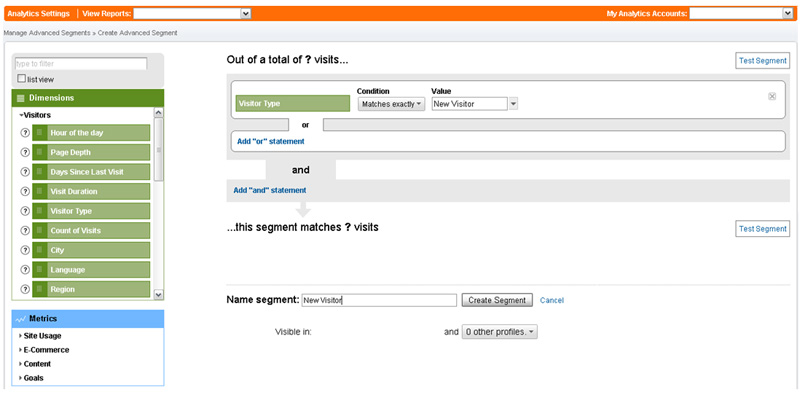 Bounce rate is the metric that makes many marketers wake up in a cold sweat. Many Research Partners are consumed (dare I say haunted?) by this metric.
Bounce rate is the metric that makes many marketers wake up in a cold sweat. Many Research Partners are consumed (dare I say haunted?) by this metric.
I don’t want to water down the power of bounce rates. But as with most metrics, it isn’t as simple as following a rule of thumb like “keep the number of bounces low.”
So in this series of posts, I’ll take a closer look at what your bounce rates are really telling you… and what is just an imaginary monster under the bed. Let’s look past the anxiety and hone in on what we can learn from these numbers. And, perhaps in the process, help you sleep a little better at night.
Analyze the action that a “typical” user will take on your page
Why does the visitor come to your site and what are they planning on doing there? Answering this question can help you determine if they’re leaving because the site isn’t delivering on some level, or if they simply got what they were looking for and moved on. To show you an example of what I’m talking about, let’s take a look at what may be happening on your blog.
I hear marketers worry about blog bounce rates quite often, so let’s think about how a typical reader views one. You probably post the most recent information right at the top where it is easily accessible – quite convenient for your readers. So the typical returning reader likely reads that fresh content and then heads elsewhere. This would be counted as a bounce since the user has not engaged in any navigation.
Also, readers who already like your blog and have added it to their feed aggregator tend to get in a click-happy mode and just read snippets of news. They might see your new post pop up, read it for a little bit, then move to the next article in their queue. These news reader programs allow users to sift through posts, find an interesting one, arrive at that page, and then leave. Again, if that is the only interaction they have with your site, it will be counted as a bounce.
If you are running a web program that lets you segment your visitors, and look at metrics like bounce rate, break up different sources of traffic into new users and returning users. Only then can you really learn from your bounce rates.
Here is a segment created in Google Analytics to look at new visitors and help us splice the data more deeply:
Now that you have segmented your visitors, what are they really telling you? I wouldn’t be too concerned if older users are bouncing. As we learned from getting in the mind of the typical return visitor, they likely just want to see your most recent post.
But if new users are bouncing, then you have more cause for alarm. Why aren’t your posts pulling them in to a deeper engagement with your blog? If you’re looking at a homepage, what is missing that would pull them into your site?
On Monday, Part 2 will take a closer look at where your traffic is coming from and where it is landing on your site to help you answer these questions.
Have additional questions? Other metrics you’d like to look at? Use the comments section below or shoot me a tweet me at: @ctrentmarketing





Excellent article, what is considered ‘good’ industry standard bounce rates on sites?
Adriaan,
That is a great question. To not give my post away from tomorrow, it depends. I will cover that in some detail in the third part of this series due out tomorrow.